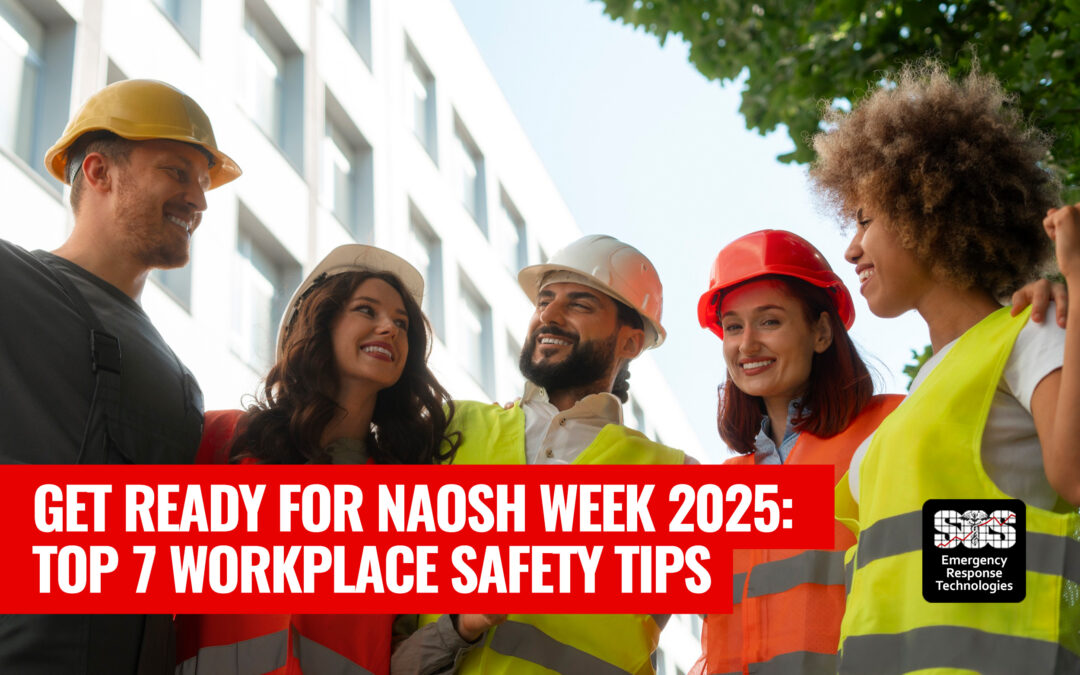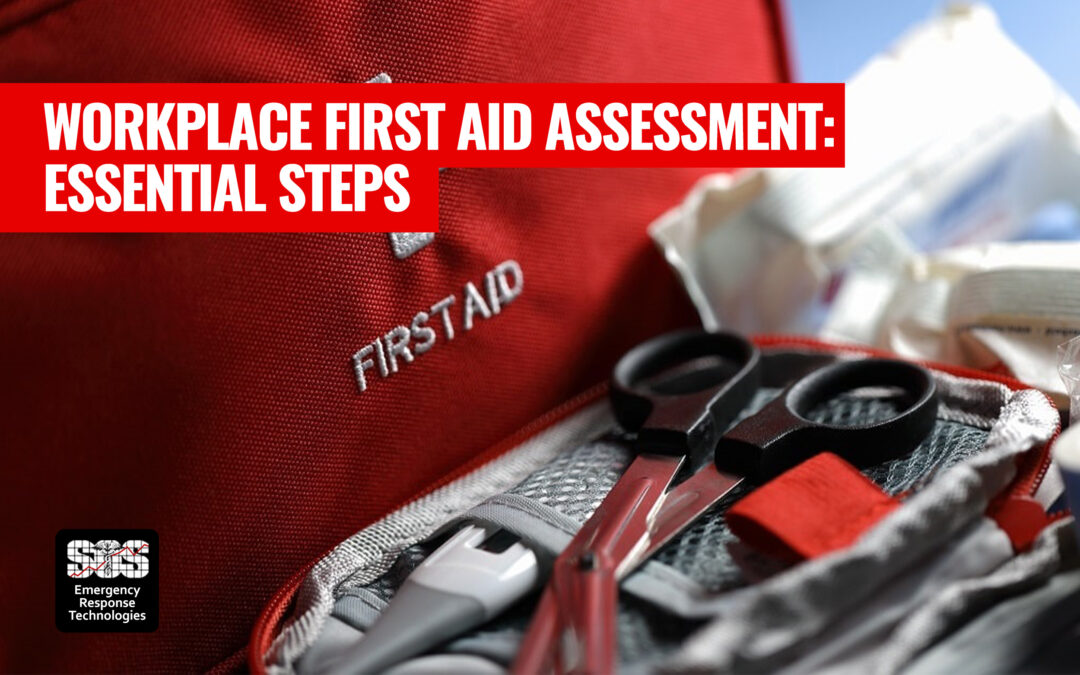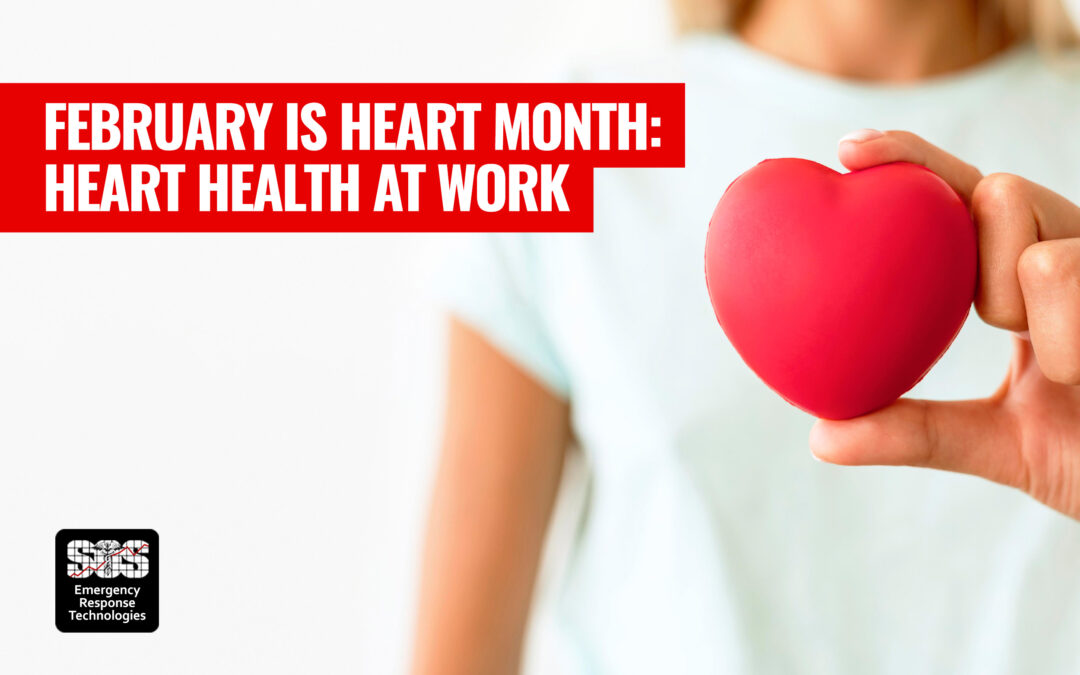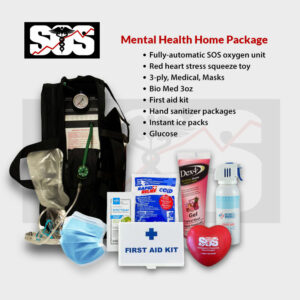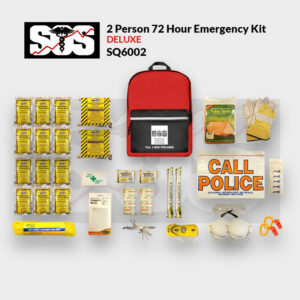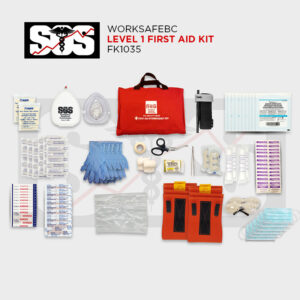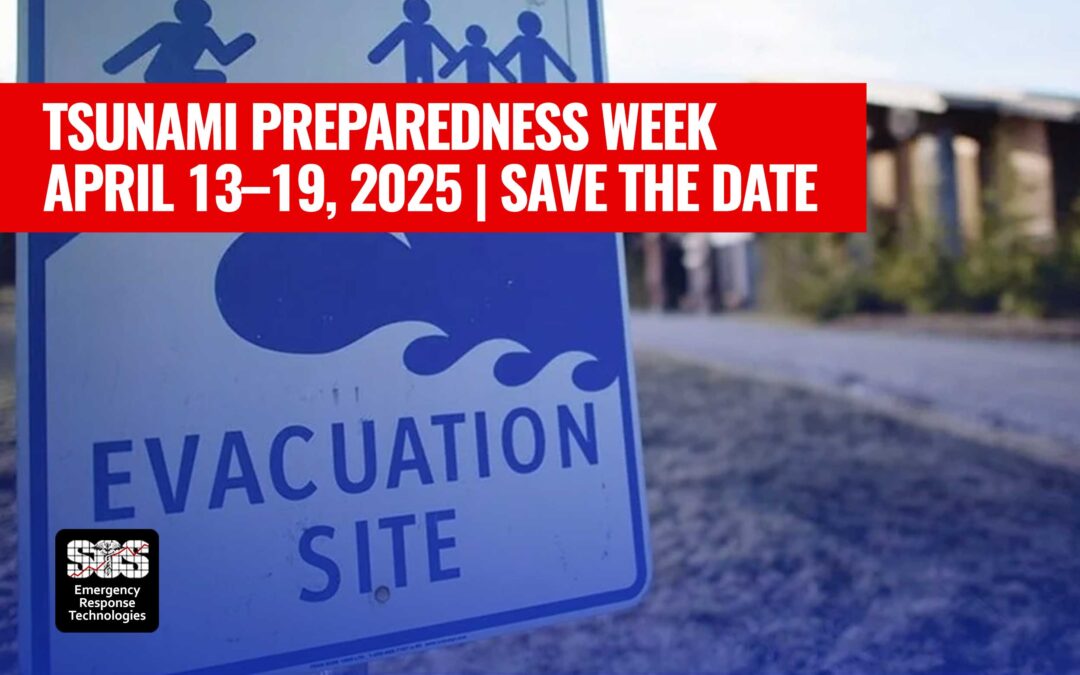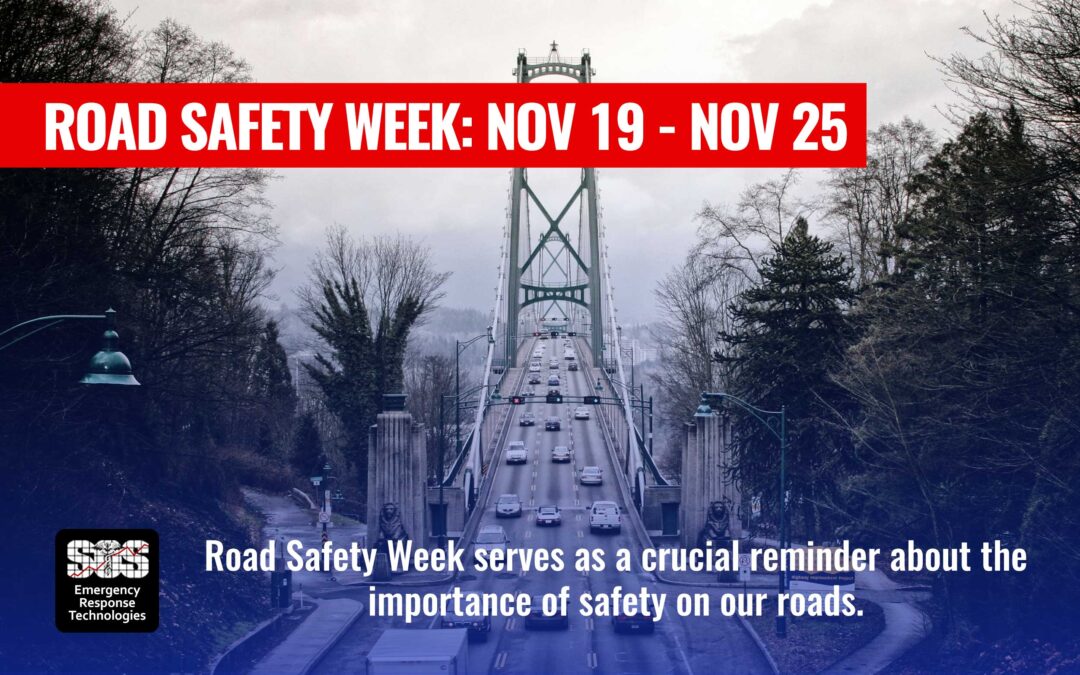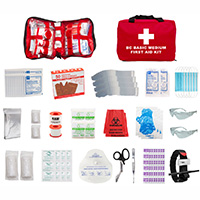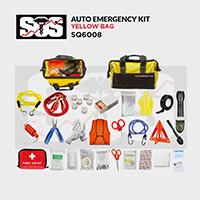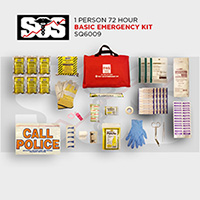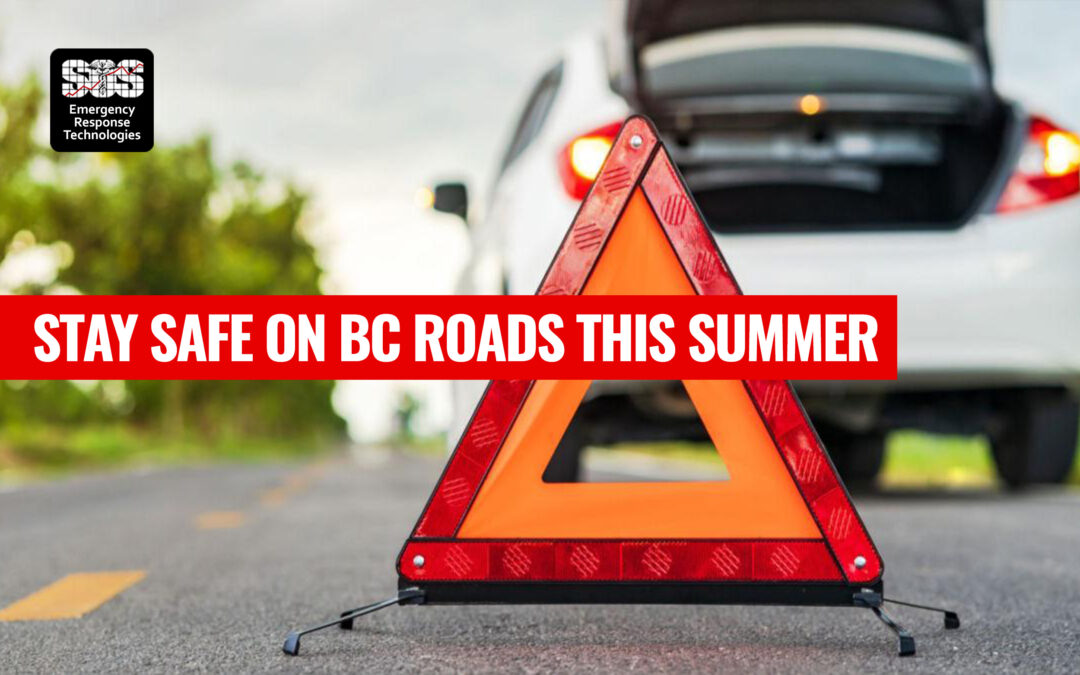
Stay Safe on BC Roads This Summer: Emergency Kit Tips
Stay Safe on BC Roads This Summer: Emergency Kits Tips
British Columbia is made for road trips, but even the most scenic drives come with risks. Whether you’re heading to the mountains, lakes, or coast, every BC driver should be prepared for emergencies. Having both a First Aid Kit and an Auto Emergency Kit in your vehicle is a smart—and potentially life-saving—decision.
Why Emergency Kits Are Essential
BC’s landscape is stunning, but it can be unpredictable. From winding mountain passes to coastal highways, unexpected situations are common. Remote areas often have limited cell service and can be hours away from assistance. If you’re involved in a collision, stuck with a flat tire, or face a medical emergency, being prepared makes all the difference.
Scenario: You’re on a forested backroad near Squamish and hit debris, causing a flat tire. With no cell service and limited daylight, your auto emergency kit helps you signal for help, stay visible to other vehicles, and attempt a temporary fix.
Tip: Always check your kits every season. Batteries can die, and medications or snacks may expire.
First Aid Kit Essentials
Minor injuries can escalate without proper care. A well-stocked First Aid Kit helps you handle cuts, sprains, burns, or allergic reactions until help arrives.
Scenario: Your child scrapes their leg badly while stretching during a roadside stop. With antiseptic wipes, gauze, and bandages, you clean and protect the wound, preventing infection.
Items to include:
- Adhesive bandages (various sizes)
- Sterile gauze & tape
- Antiseptic wipes and ointment
- Tweezers & scissors
- Pain relievers
- Allergy meds (antihistamines)
- CPR mask
- Emergency blanket
- Personal prescriptions
Tip: Consider taking a certified first aid course. Knowing how to treat shock, bleeding, or burns makes you more confident and effective in any situation.
Auto Emergency Kit Essentials
Mechanical issues are a common cause of roadside delays. Whether your car breaks down in the Fraser Canyon or you run into trouble on the Coquihalla, having an auto emergency kit can save time and stress.
Scenario: Your car battery dies while parked at a scenic lookout. With your jumper cables and flashlight, you safely boost your car with a passerby’s help. If no one stops, your reflective triangle ensures you’re visible until assistance arrives.
Items to include:
- Jumper cables
- Tire repair kit & inflator
- Flashlight & extra batteries
- Reflective warning triangles
- Multi-tool or wrench
- Thermal blanket or warm clothing
- Bottled water & energy snacks
- Whistle
- Portable phone charger or power bank
Tip: Keep your emergency supplies stored in an easily accessible tote or box in your trunk.
Summer-Specific Additions for 2025
The heat and activity of summer bring new risks. Long daylight hours and increased traffic mean longer trips and more exposure.
Scenario: You’re stuck in traffic due to a landslide detour. It’s 30°C and you’re hours from your next stop. Having extra water, cooling towels, and snacks keeps everyone hydrated and comfortable.
Summer add-ons:
- Extra water (for people and radiator)
- Cooling towels
- UV-protective sunglasses
- Sunscreen & bug spray
- Hand sanitizer & masks
- Paper road maps (in case of GPS failure)
Tip: Keep your vehicle’s AC system maintained and have sunshades on hand for parked breaks.
Wildfire Preparedness for Summer Travel
Wildfires are increasingly impacting summer travel in BC. Stay alert and ready to act if conditions change.
Scenario: You smell smoke as you drive through the interior. You check the BC Wildfire Service app and see a nearby active fire. You safely reroute before the road is closed, thanks to advance awareness and printed maps.
Wildfire safety tips:
- Check BC Wildfire Service before you leave
- Keep windows up and air recirculation on during smoky conditions
- Store N95 masks in your glovebox
- Pack extra fuel and identify alternate routes in advance
- Follow evacuation alerts and signage immediately
- Tip: Keep a go-bag with essentials if you need to leave your vehicle in a hurry.
- The Importance of First Aid Training
The Importance of First Aid Training
A first aid kit is only as good as your ability to use it. Basic training empowers you to manage injuries, apply CPR, and assist others during emergencies.
Scenario: A cyclist is hit by a car near your parked vehicle. While others call for help, your CPR training allows you to assist with chest compressions until paramedics arrive.
Benefits of training:
- Learn to recognize emergencies and react fast
- Practice treating bleeding, burns, and fractures
- Understand how to use AEDs and administer CPR
- Gain confidence to help in critical moments
Tip: Sign up for a certified course like Canadian Red Cross or St. John Ambulance. Many employers offer group discounts too.
Road Safety Tips for BC Drivers
Good planning prevents problems. Simple habits make a huge difference on long drives.
Quick tips:
- Always check DriveBC.ca for alerts before you go
- Fuel up frequently, especially in remote regions
- Never rely solely on GPS—carry printed directions
- Watch for wildlife, especially dawn and dusk
- Keep your phone charged and ringer on for alerts
Final Thoughts
Preparedness turns a crisis into a manageable event. British Columbia offers some of the world’s best road trips—and with the right emergency kits and knowledge, you can enjoy them safely.
Be safe. Stay equipped. And make summer 2025 your safest (and most memorable) road trip season yet!

